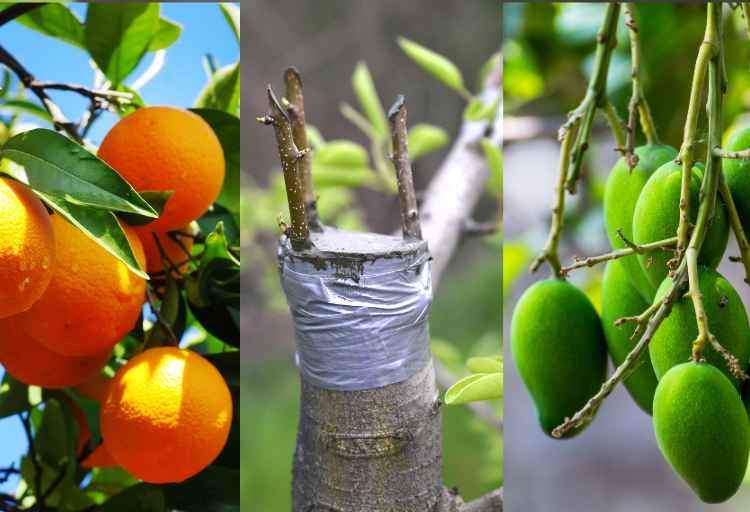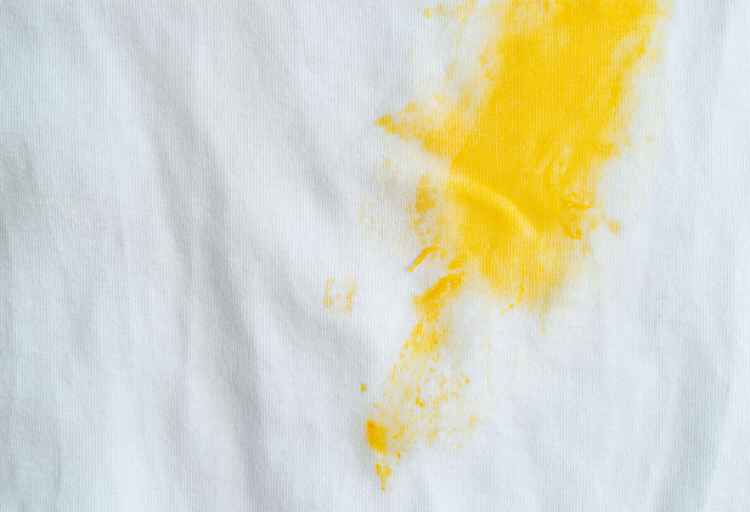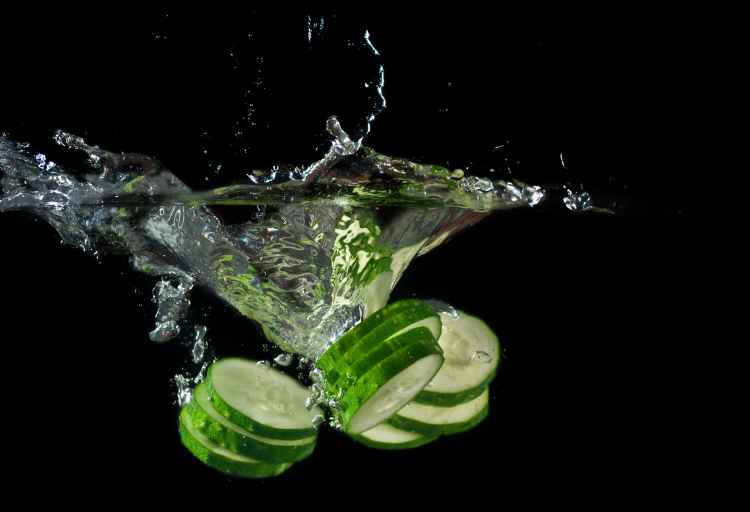Can Mango And Orange Be Grafted Together?
Grafting is a horticultural technique that has been practiced for centuries to create hybrid plants with desirable traits.
The idea of combining different fruit trees through grafting often sparks curiosity among gardeners and enthusiasts.
One intriguing question that frequently arises is whether it’s possible to graft a mango tree onto an orange tree or vice versa.
Can mango and orange be grafted together? Mango (Mangifera indica) and orange (Citrus × sinensis) grafting is challenging due to genetic and physiological differences. Success is improbable as their cambium layers don’t align well, affecting nutrient uptake and growth, and hindering graft compatibility.

Contents
Can mango and orange be grafted together?
Grafting is the process of joining the tissues of two separate plants to form a single plant that inherits traits from both parent plants.
It involves carefully aligning the cambium layers—the active growing tissues—of the plants to encourage fusion and subsequent growth.
This technique is widely used to propagate plants, repair damaged trees, and create new cultivars with specific attributes.
Compatibilities and Incompatibilities
Before attempting any grafting experiment, it’s crucial to understand the compatibility between plant species.
Mango (Mangifera indica) and orange (Citrus × sinensis) belong to two distinct genera within the plant kingdom. Mangoes are members of the Anacardiaceae family, while oranges are part of the Rutaceae family.
Due to these genetic differences, grafting a mango onto an orange—or vice versa—poses significant challenges.
Grafting Mango onto Orange: Possibilities and Challenges
Possibilities:
In theory, grafting a mango scion (upper part with desired traits) onto an orange rootstock might seem feasible, as both plants are part of the larger Rosid clade.
However, successful grafting requires more than just genetic relatedness.
Some anecdotal accounts suggest limited success in grafting mango scions onto orange rootstocks, but these instances are rare and often accompanied by compromised growth, weak unions, and overall poor performance.
Challenges:
The primary challenge in grafting mango onto orange lies in the physiological differences between the two species.
Mangoes have specific requirements for growth, including soil conditions, climate, and nutrient intake.
Attempting to graft a mango onto an orange rootstock might result in poor adaptation to the new root system and an inability to access essential nutrients.
Moreover, the cambium layers of mango and orange trees might not align well enough to create a strong union, leading to graft failure.
Grafting Orange onto Mango: Feasibility and Concerns
Feasibility:
Grafting an orange scion onto a mango rootstock also presents challenges.
While oranges and mangoes share some genetic similarities, the differences in their growth habits and environmental preferences can hinder successful grafting.
However, compared to grafting mango onto orange, this direction might have slightly better chances of success.
Concerns:
When grafting orange scions onto mango rootstocks, the main concern is the compatibility of the rootstock to support the growth of the grafted scion.
Mango trees might not provide the ideal conditions for orange scions to thrive, leading to stunted growth, nutrient deficiencies, and potential graft failure.
Expert Insights and Practical Considerations
Horticultural experts and arborists emphasize the importance of grafting within the same genus or closely related genera for successful outcomes.
Mangoes and oranges, while both fruit-bearing trees, belong to different genera, making their successful grafting unlikely.
Even if a grafting attempt were to produce initial growth, the long-term health and productivity of the resulting tree would be questionable.
Conclusion
In the realm of horticulture, grafting is a fascinating and valuable technique for creating new plant varieties.
However, grafting mango and orange trees together, despite the shared appeal of their fruits, presents formidable challenges due to their genetic and physiological differences.
The complexities of nutrient uptake, growth requirements, and cambium alignment make successful grafting between these two species improbable.
Gardeners and enthusiasts seeking to experiment with grafting are better off focusing their efforts on closely related plants within the same genus to increase their chances of success and create thriving hybrid plants.
While the allure of grafting mango and orange trees together is compelling, the practical limitations and expert insights suggest that this endeavor might not yield the desired results.
As horticultural research continues to advance, who knows what exciting possibilities the future might hold for creating novel plant hybrids through grafting?
For now, though, it’s advisable to appreciate the unique qualities of mango and orange trees individually while exploring grafting opportunities that align with the principles of plant compatibility and successful growth.
FAQs About Grafting Mango and Orange Trees
Can you graft a mango tree onto an orange tree?
Grafting a mango tree onto an orange tree is challenging due to genetic differences and differing growth requirements. Successful grafting is unlikely as the cambium layers often do not align well, affecting nutrient transport and overall growth.
Is it possible to graft an orange tree onto a mango tree?
Grafting an orange tree onto a mango tree faces similar challenges. While there may be some genetic relatedness, the differences in growth habits and rootstock compatibility often lead to stunted growth and potential graft failure.
What are the primary challenges of grafting mango and orange trees together?
The primary challenges lie in the genetic and physiological differences between mangoes and oranges. Their cambium layers may not align adequately for strong graft unions, leading to poor nutrient uptake and compromised growth, ultimately affecting the success of the grafting attempt.
Are there any successful instances of grafting mango and orange trees?
There are rare anecdotal accounts of limited success in grafting mango scions onto orange rootstocks or vice versa. However, these instances are few and often accompanied by compromised growth and weak unions, making long-term success questionable.
What’s the best approach for successful grafting involving fruit trees?
For successful grafting, it’s advisable to focus on grafting within the same genus or closely related genera. Grafting mangoes onto mango rootstocks or oranges onto orange rootstocks increases the chances of compatibility, ensuring proper nutrient uptake and healthy growth for the grafted tree.






